Products and Technologies that Solve Social Issues
The Tosoh Group provides products and technologies that help solve social issues through innovation. These products and technologies focus on resolving universally recognized social challenges, achieving the targets set forth by the Sustainable Development Goals (SDGs) and enhancing our corporate value. We are currently creating a system that includes measures for determining the products and technologies that we will develop, based on the belief that they will help solve social issues.
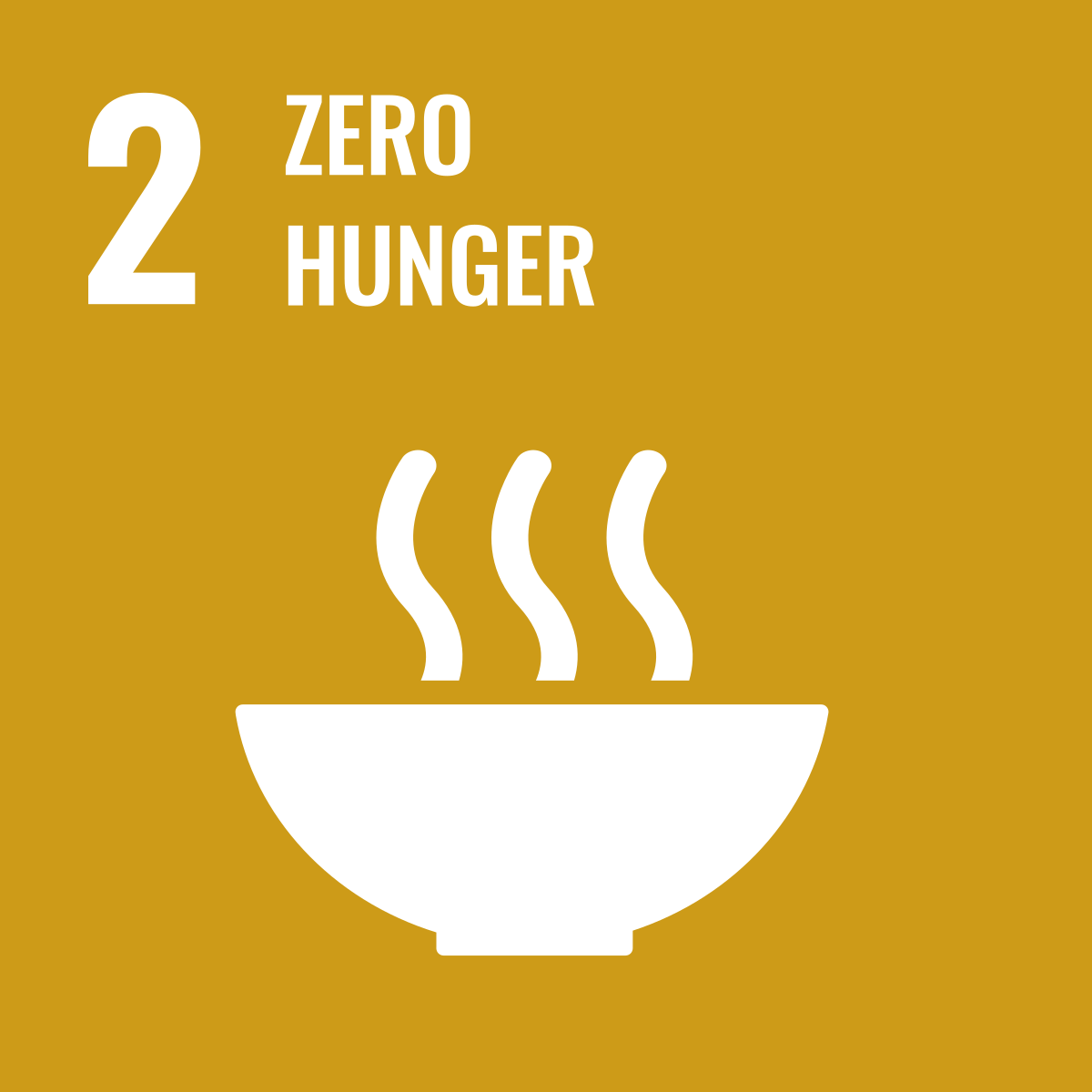
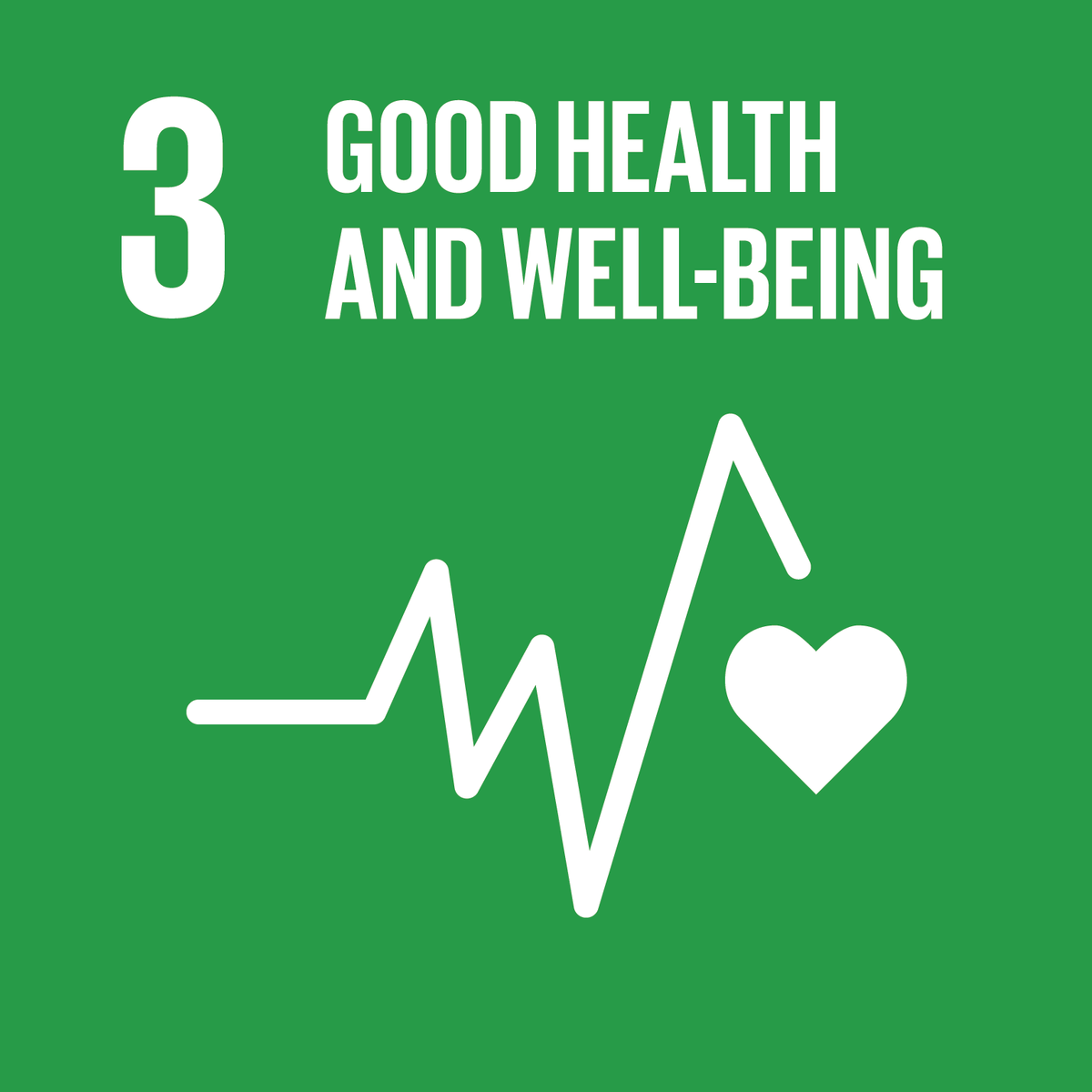
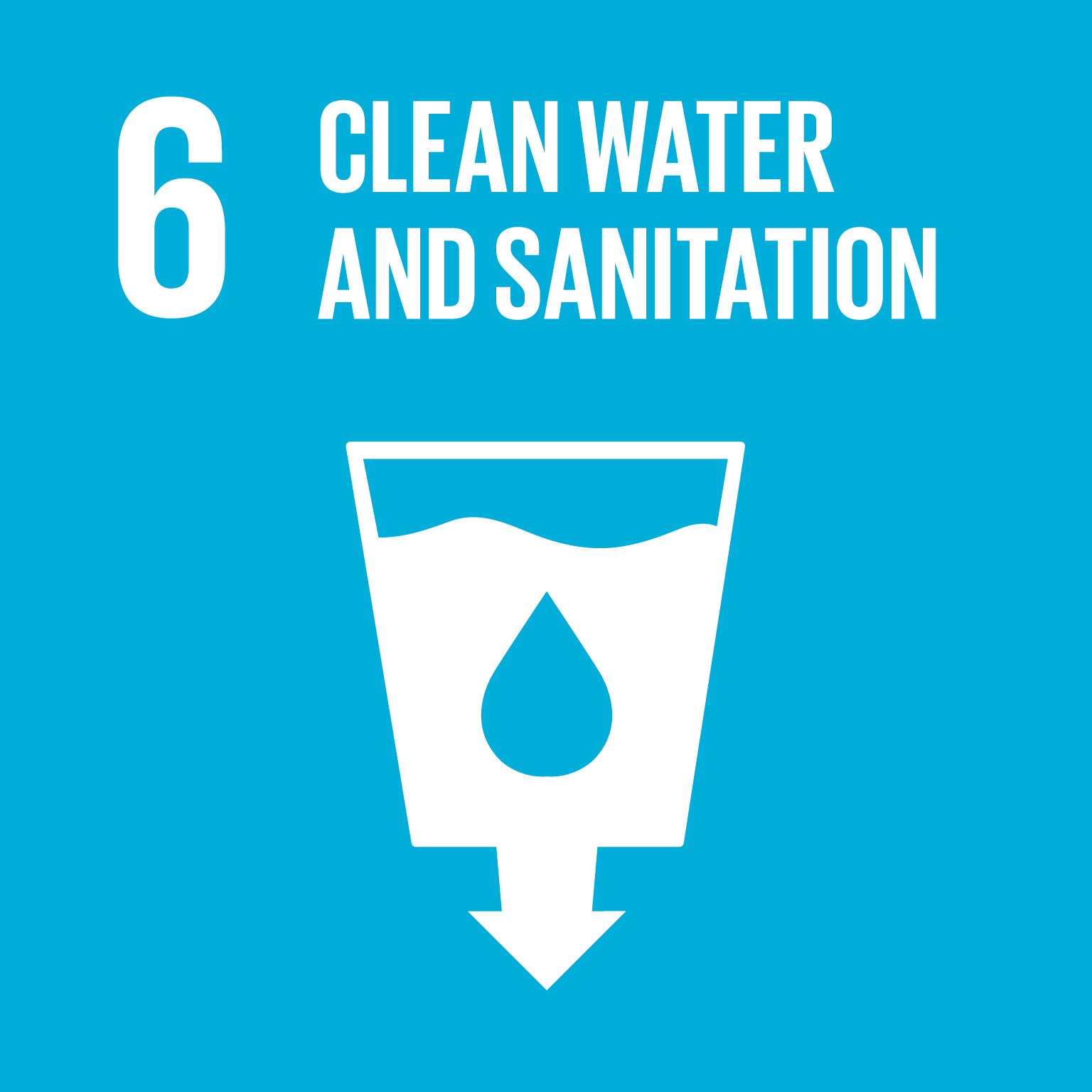
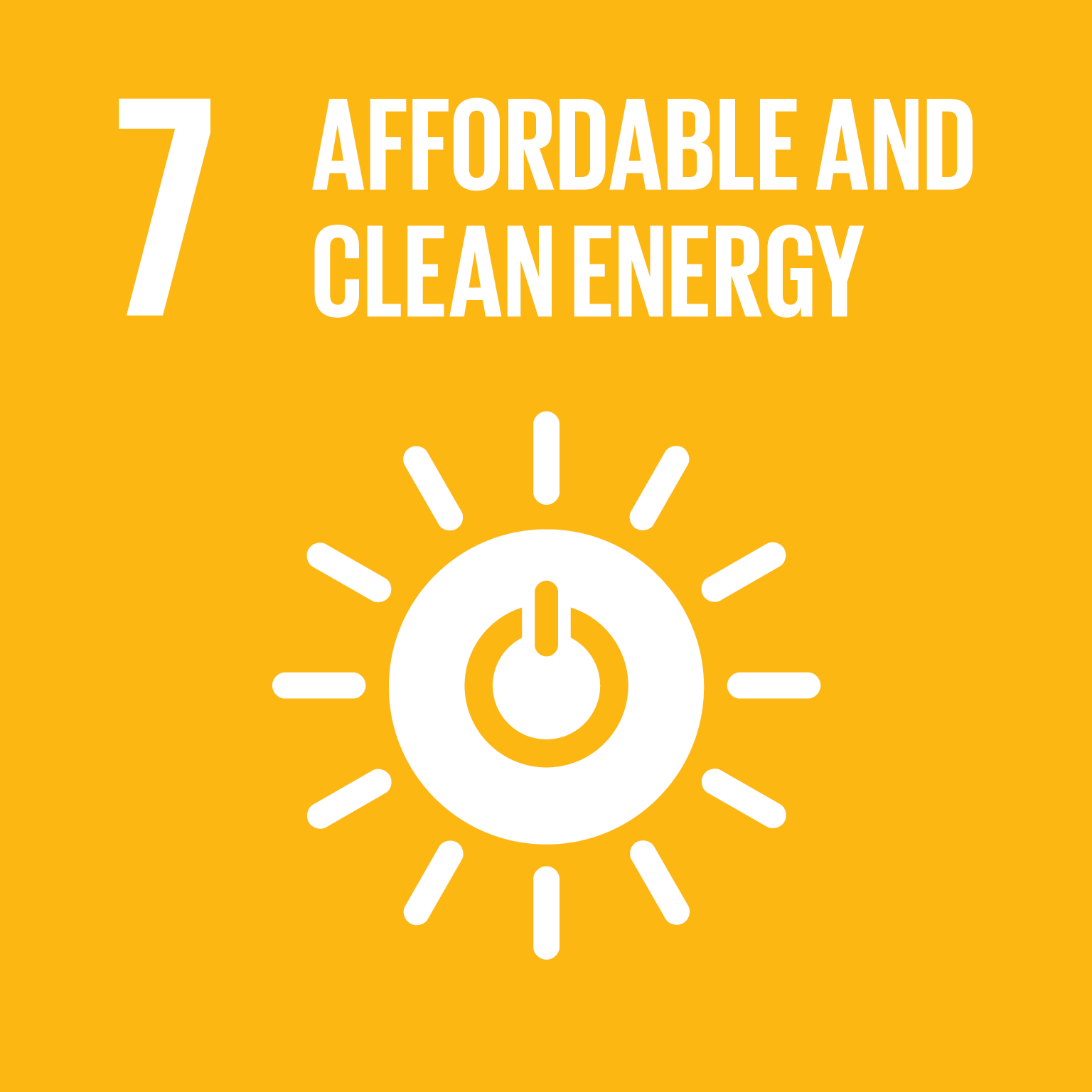





Contribution to Environment
| Contribution to Environment |
Product |
Application/Contribution |
Initiatives for 2030 |
SDG Targets |
|
Energy conservation
GHG emission reduction
|
Polymeric MDI and modified MDI for insulation material for buildings |
-
One of the main raw materials for urethane foam insulation material for buildings
-
Contributes to reduction of GHG emissions by improving thermal insulation in buildings, thereby enhancing energy-saving effect of air-conditioning and other electrical devices
|
Expand and maintain business scale through plans to increase capacity
|
7.3
13.2 |
|
PVC compounds for resin sash
|
-
Resin sash combined with double-glazing
-
Reduces GHG emissions through exceptional insulation, airtightness and cooling/heating efficiency
|
Expand and maintain business scale through plans to increase capacity
|
9.4
13.2 |
|
Technology licensing for energy-saving chlor-alkali electrolyzers
|
|
Pursue improvement and development of IM electrolyzer tanks and continue licensing technology in Japan and overseas
|
7.3
13.2 |
|
GHG emission reduction
Infrastructure(3Rs)
|
PVC resin for PVC pipes and joints
|
-
Used for urban infrastructure, water pipes and agricultural pipes, and features exceptional durability and recyclability
-
Conserves petroleum resources compared to other plastics since around 60% of the raw material used is salt and therefore emits less GHG during production
|
Expand and maintain business scale through plans to increase capacity
|
2.4
6.1
6.2
9.1
11.1
13.2
15.3 |
|
Renewable energy
GHG emission reduction
|
Solar cell encapsulant EVA (ethylene vinyl acetate copolymer)
|
-
Functions as a sealing and protective material for solar cells with its exceptional transparency, weather resistance, flexibility and adhesion
-
Promotes the use of renewable energy and contributes to a reduction in GHG emissions
|
Ensure a stable supply system through equipment maintenance and enhanced production efficiency
|
7.2
13.2 |
|
Harmful substance reduction
Waste reduction
Ecosystem conservation
Water resources
|
- TS series of fly ash heavy metal treatment agents
- TX series of wastewater heavy metal treatment agents
|
-
Treatment of heavy metals in industrial wastewater and fly ash emitted from refuse incinerators
-
Contributes to the creation of a society free of heavy metal poisoning and pollution-related illnesses by preventing the release of heavy metals into the environment
-
Creates safe workspaces by reducing carbon disulfide gas emissions
|
Increase market share by leveraging stable supply through greater competitiveness in raw material procurement
|
3.9
6.3
6.6 |
|
Harmful substance reduction
|
High-silica zeolite HSZ® catalyst for purifying automobile exhaust fumes
|
-
Used as a catalyst and hydrophobic absorbent with its exceptional heat and acid resistance
-
Contributes to the removal and purification of nitrogen oxide (NOx) and unburned hydrocarbons, which are harmful substances in automobile exhaust fumes
|
Expand and maintain business scale by steadily capturing growing demand associated with the tightening of emission regulations globally
|
3.9
11.6 |
Contribution to Higher Quality of Life
| Contribution to Environment |
Product |
Application/Contribution |
Initiatives for 2030 |
SDG Targets |
|
Health and medical care
|
- AIA-Pack CL® series of fully automated chemiluminescence enzyme immunoassay analyzers and reagents
- E-test TOSOH® II series of automated enzyme immunoassay analyzers and reagents
|
-
Test for non-communicable diseases such as cancer, gynecological conditions and heart disease as well as for infectious diseases such as COVID-19 and hepatitis B
-
Enables early diagnosis and treatment owing to swift analyses and reporting, contributing to a reduction in the risk of disease and the improved health of people around the world
|
Expand the lineup of tests while developing and commercializing Tosoh’s original biomarkers
|
3.3
3.4
3.7
3.d |
|
HLC®-723 automated glycohemoglobin analyzer
|
-
Device for testing hemoglobin A1c used for the definitive diagnosis of diabetes, which is a rapidly rising health problem worldwide
-
Also used for monitoring diabetes treatment
-
Contributes to improved patient services and team approach to diabetes treatment through rapid and highly precise analyses
|
Make improvements to high-performance liquid chromatography systems and provide more accurate results
|
3.4
3.d |
|
TOYOPEARL® series of resins for separation and isolation
|
-
Used in purification process of active pharmaceutical ingredients for biopharmaceuticals (antibody drugs and vaccines)
-
Purification process plays a role in removing impurities from pharmaceuticals
-
Contributes to improved quality and stable supply of pharmaceuticals through enhanced performance and stable production
|
Strengthen supply system based on plans to increase capacity and develop and release new products that meet market needs
|
3.3
3.4
3.b |
Research and Development
Chemical manufacturers play an increasingly important role in the realization of a sustainable and prosperous society. Based on the concept of creating shared value*, we aim to develop products that resolve social issues based on the SDGs through innovative R&D that offers unprecedented value.
*The idea that strategically addressing social issues will contribute to the long-term growth of a company.
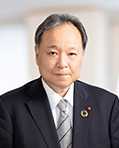
Toru Doi
Senior Vice President
General Manager, Research and Development Planning
Related SDGs









R&D Strategy
As our basic policy for R&D, we have designated three critical areas since the previous medium-term business plan, namely, life science, electronic materials, and environment and energy, and are investing in R&D accordingly. We have established systems according to technology and function with the aim of accelerating R&D and strengthening collaboration between business divisions and research laboratories. We will create synergy by reorganizing into business-related research laboratories that support product development for existing businesses and corporate research laboratories that are responsible for basic technologies and new fields. Tosoh Research and Development Planning, which plans and formulates R&D, will be responsible for oversight.
R&D Expenses and Researchers
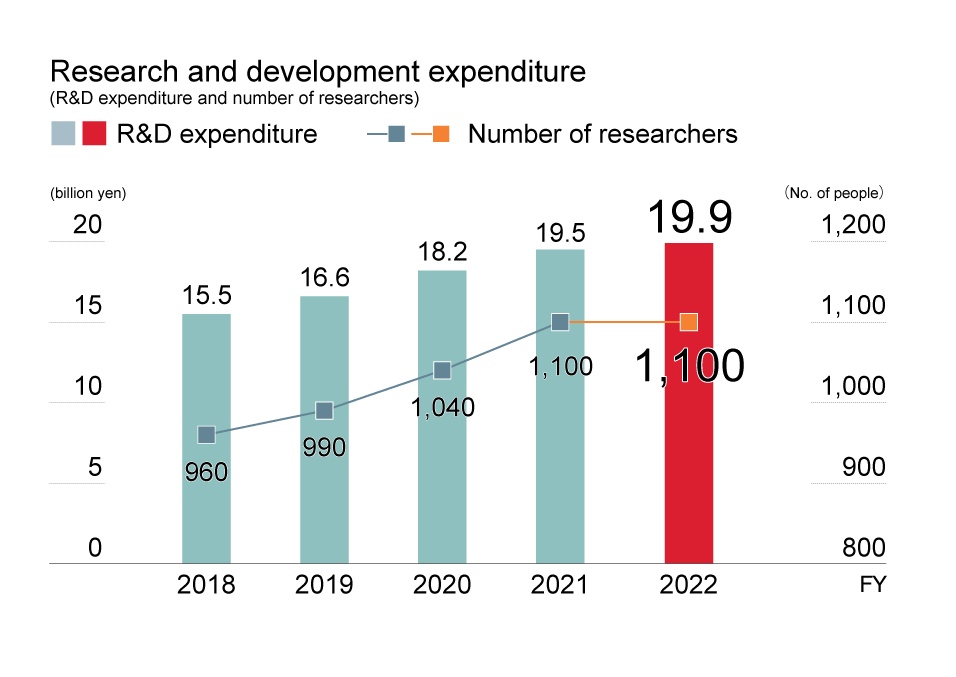
R&D Focus on Three Critical Areas
Life Science
・Creation of new products that expand the scope of the separation and purification business and the diagnostics business
・Creation of new businesses by deepening in-house technological expertise and introducing technologies from external sources
Domains
・Upstream products for bioprocessing (culture substrates, etc.)
・Downstream products for bioprocessing (separation columns, separation media, etc.)
・New diagnostics systems and testing reagents
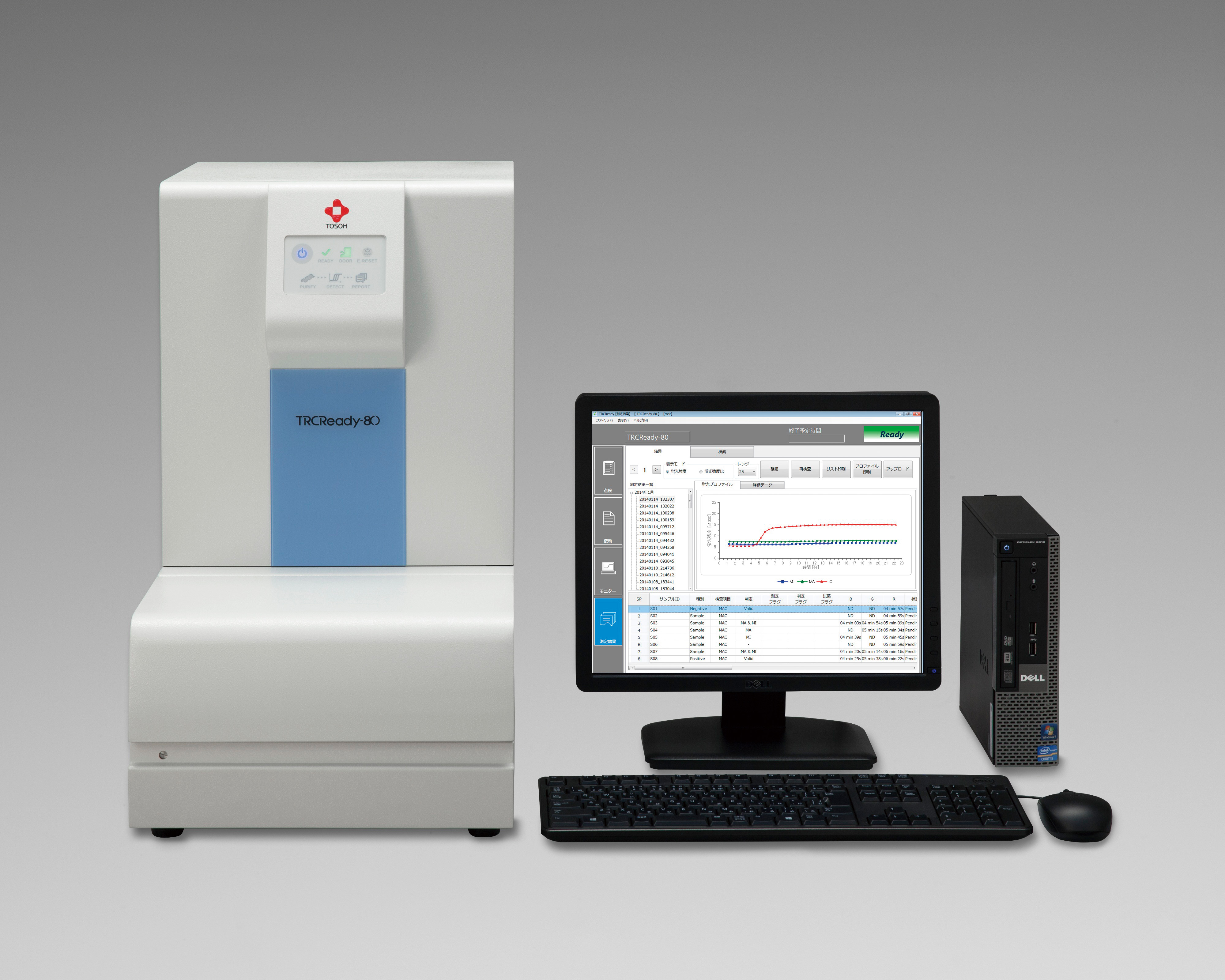
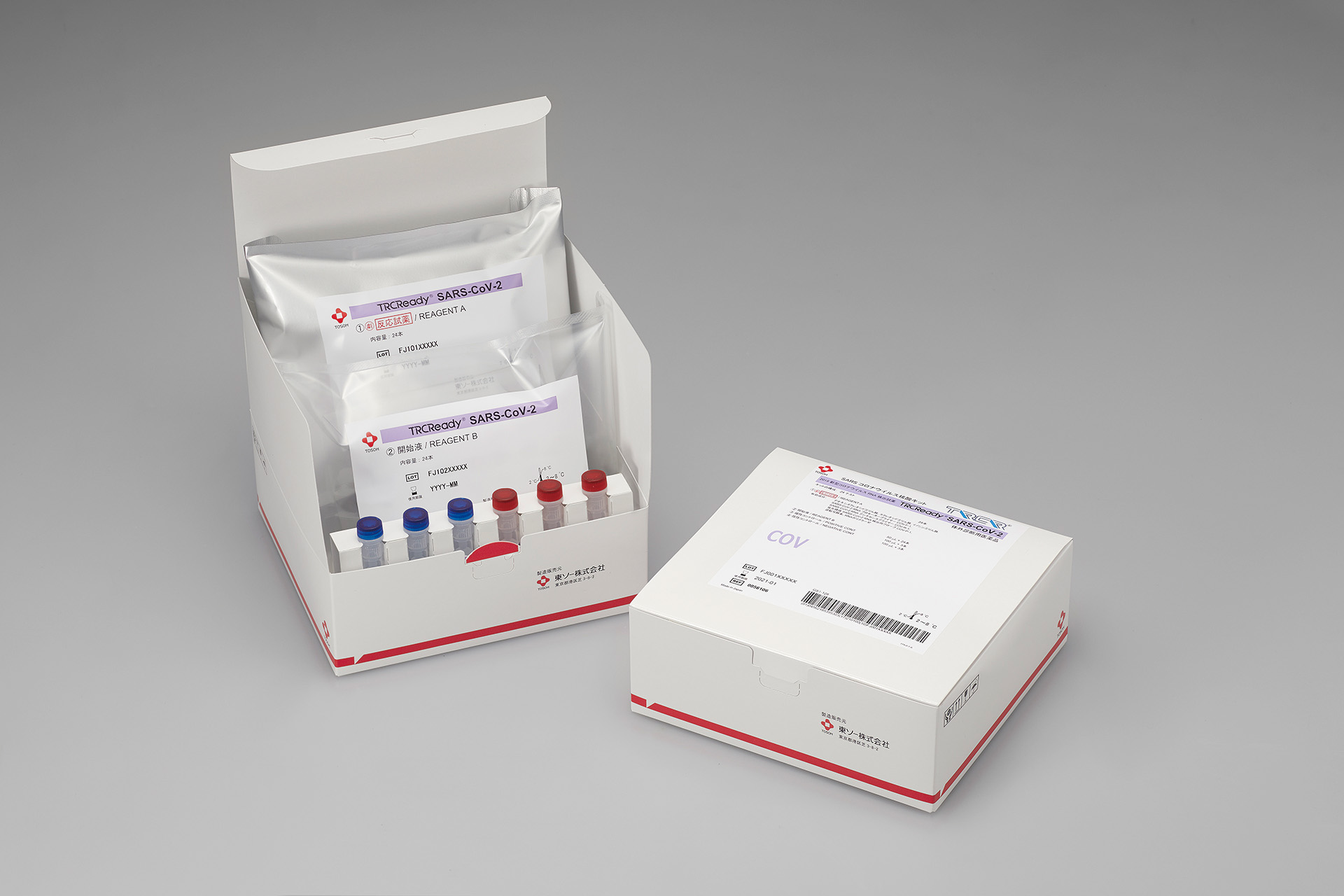
Electronic Materials
・Creation of new electronic materials using organic and inorganic compounds, polymer design, and device evaluation technologies
・Acquisition of advanced technologies and evaluation technologies through collaboration with Tosoh Group companies, industry, academia, and government
Domains
・Materials for display devices
・High-speed and high-capacity communication materials
・Semiconductor-related materials
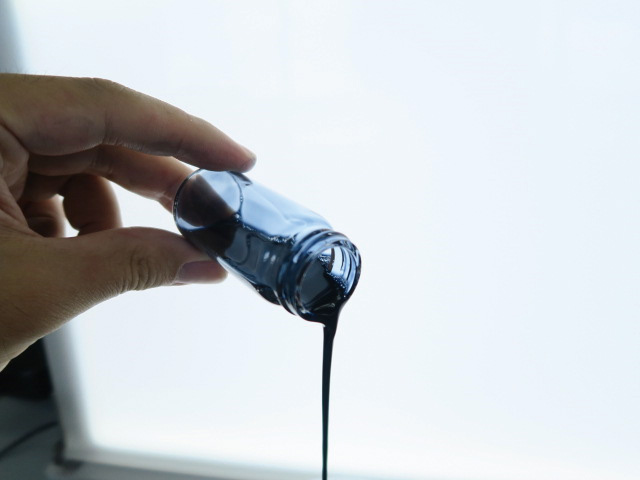

Environment and Energy
・Creation of unique products and technologies for the realization of a low-carbon society
・Creation of new materials by utilizing powder metallurgy technology, organic complexes, and external technologies
Domains
・Technologies for CO2 separation and recovery, and for its effective and efficient use
・Waste plastic recycling technologies
・Next-generation battery materials

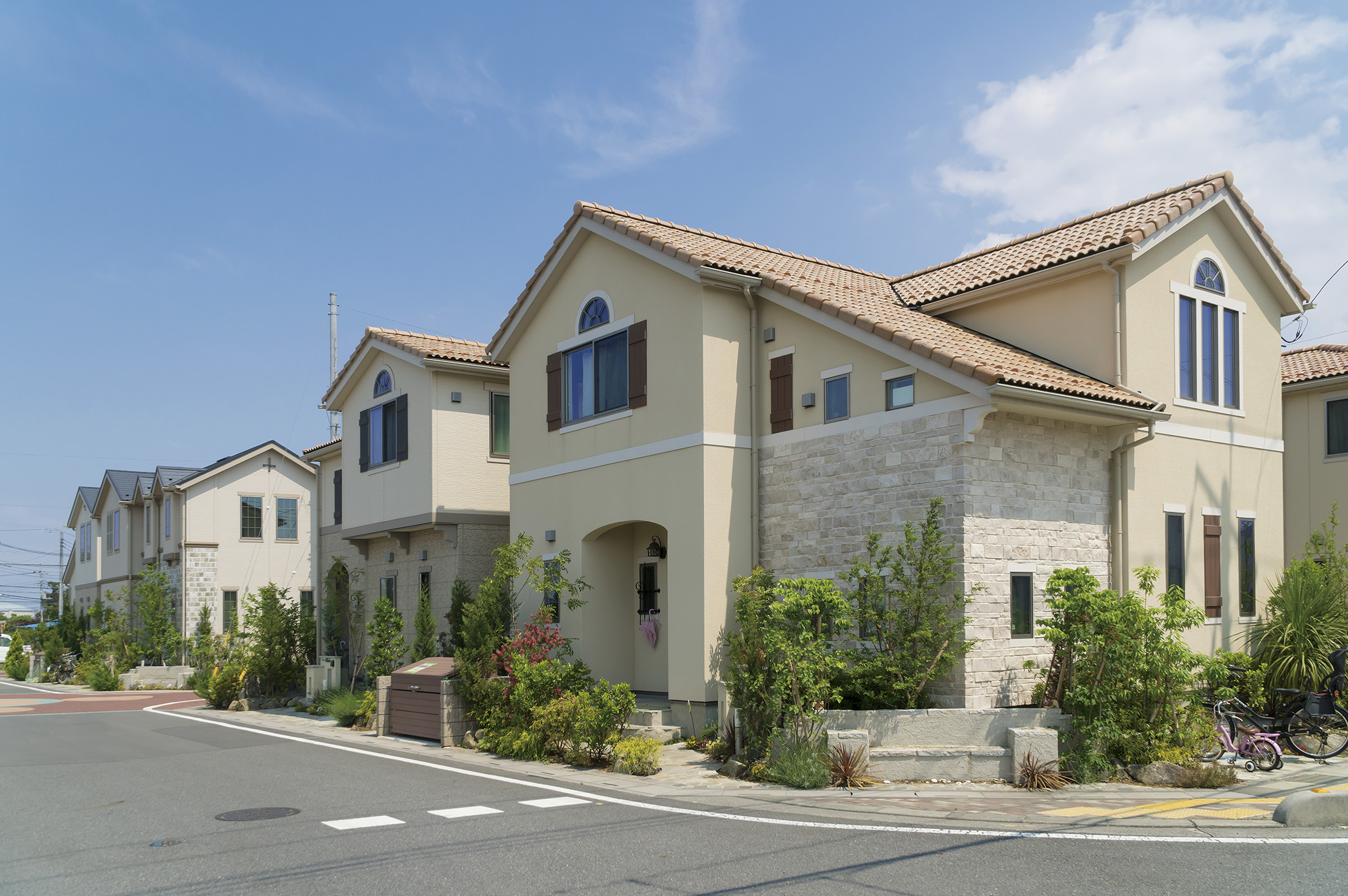
Initiatives to Create Products that Solve Social Issues
CO2 Reduction Efforts
Tosoh considers CO2 to be a carbon resource and is working on the development of technology to separate, recover, and reuse CO2—known as carbon recycling—as a carbon compound in the following ways:
・Develop amines for recovery and separation membrane modules for extracting CO2 from exhaust gases generated by thermal power plants
・Develop technology to synthesize isocyanate, a raw material for polyurethane resin, by reacting CO2 in exhaust gas with amine compounds
Digital Transformation in R&D
Digital transformation serves to accelerate and enhance efficiency in R&D. Tosoh has introduced electronic laboratory notebooks using tablet terminals and established a system that facilitates efficient data entry along with the accumulation and sharing of information.
Moreover, we plan to launch in 2023 the MI Center comprising dedicated materials informatics (MI) staff in order to fully apply MI in our operations. We are working to accelerate research in all fields by utilizing MI technology.
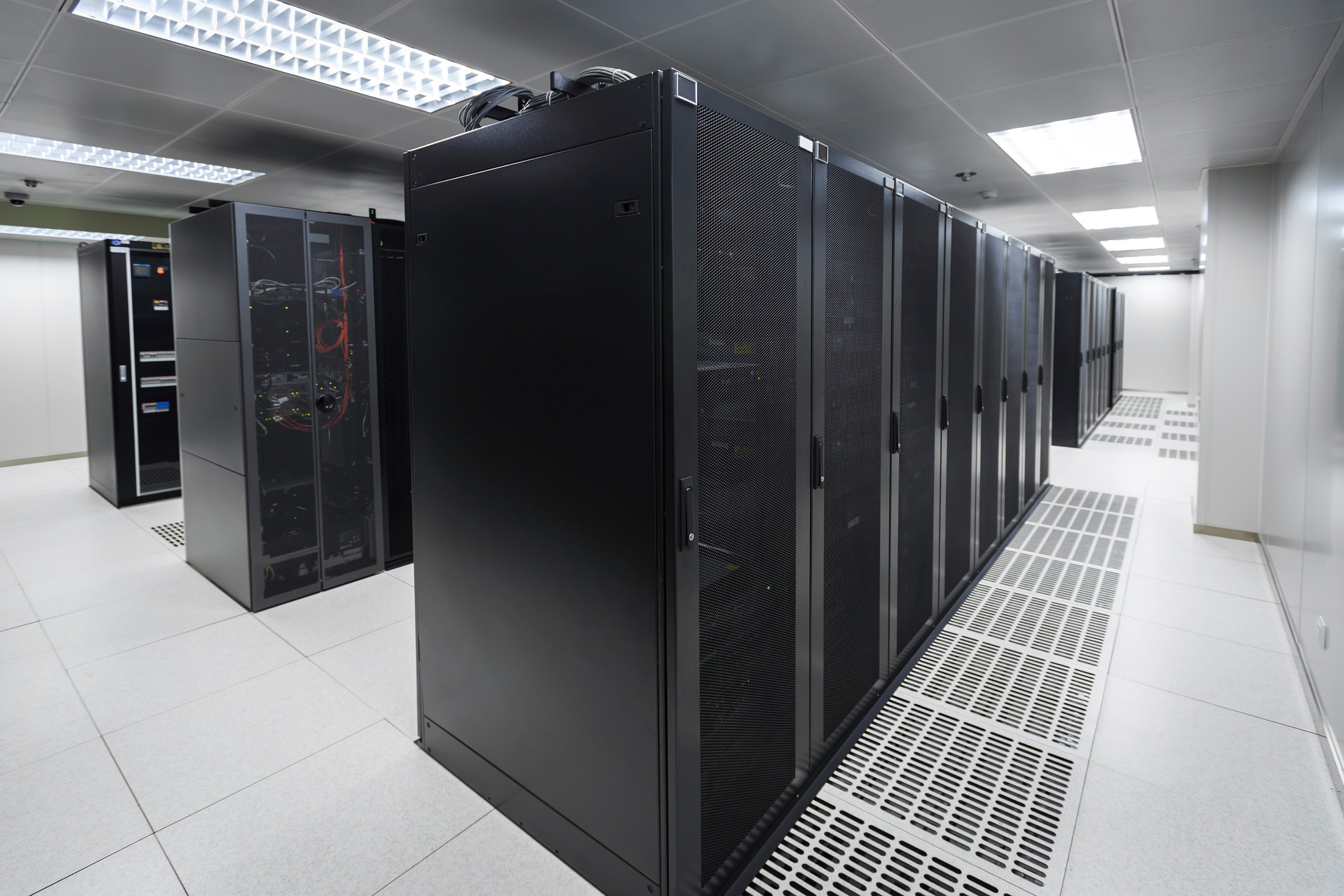
MI calculator
Open Innovation
We are actively engaged in open innovation with universities and research institutions to quickly anticipate and respond to market changes resulting from digitalization and globalization.
・Established a collaborative course (second semester) at the Institute of Medical Science at The University of Tokyo
・Established a collaborative course focused on the creation of a next-generation zirconia society at The University of Tokyo
In addition, we are working together with customers at a laboratory established in 2019 at the Yokkaichi Complex on the development of polyethylene for pharmaceutical containers and urethane foam for automobile interiors. This helps speed up product development for our customers’ benefit.
Introduction of External Technology
We have established a base in the United States and assigned researchers for the purpose of collecting technological information and finding venture capital companies. We are also promoting collaboration with venture companies and others through consultants, research firms and a business accelerator program*.
For promising projects, we aim to revitalize research activities through the introduction of external technologies. Measures include developing themes at the research institute, conducting joint research with partner companies, and evaluating investments in venture companies.
* A program that supports venture capital companies and entrepreneurs to promote business growth.
Participation in NEDO R&D Programs
Tosoh participates in commissioned and subsidized projects conducted by the New Energy and Industrial Technology Development Organization (NEDO), a Japanese national R&D organization.
・Green Innovation Fund Project
Development of technology to produce functional plastic using CO2 as raw material
・R&D and demonstration for carbon capture, utilization and storage project
R&D into the practical application of a CO2 separation membrane system
・Development of technology for an innovative plastic recycling process
Development of a process to convert petrochemicals into raw materials
・Development of cellulose-nanofibers for use in power transmission belts
・Development of low-cost manufacturing technology for composite chloroprene rubber
Strengthening of Research Infrastructure
Innovative technologies for materials and speedy development are paramount in the fast-growing battery market. Against this backdrop, in 2020 we inaugurated an open laboratory at the Tokyo Research Center to promote the interdisciplinary development of materials for next-generation batteries. At the Battery Open Laboratory, each research institute brings in materials to work on. With the support of experts, an environment is provided for battery fabrication and evaluation purposes. We are also strengthening activities that enable the creation of new technologies and value through interdisciplinary discussions among laboratories.
In addition, we have set up new research buildings at the Nanyo and Yokkaichi Complexes, two of our three core bases, to strengthen our R&D operations. Currently, we are planning to construct a new research building at the Tokyo Research Center, our third core facility. Going forward, we aim to contribute to solving social issues by creating further unique new value.
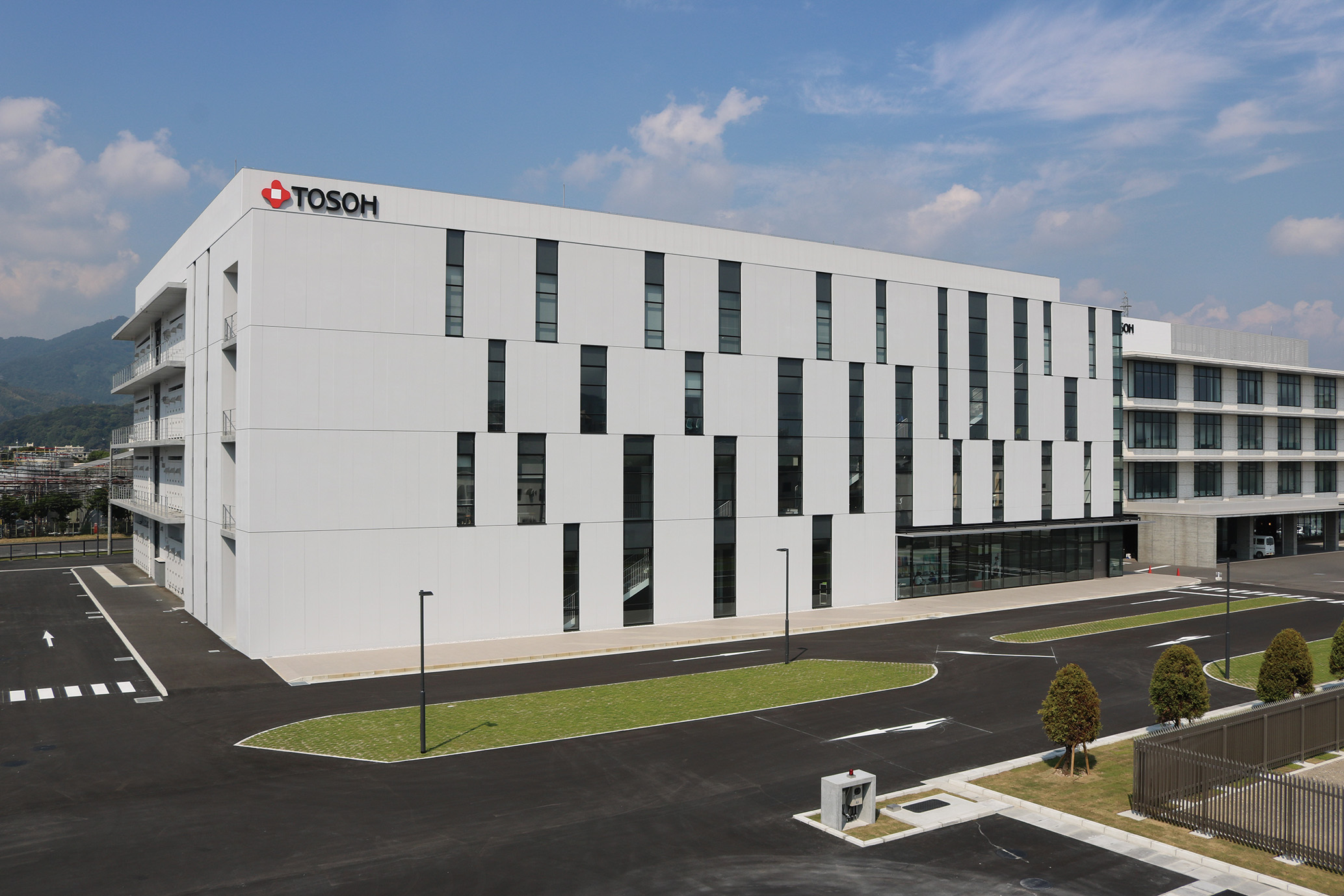
New research building at Nanyo Complex
Intellectual Property
The most important role of intellectual property (IP) is to secure broad and reliable rights to technology obtained as a result of R&D, thereby contributing to the expansion of market share and profits. The intellectual property division implements IP-related activities in cooperation with the business and research divisions in order to create intellectual property that will enhance corporate value.
Basic Policy
In order for the intellectual property division to be the engine for creating profitable IP and be depended upon to enforce rights and differentiate technology, it remains in close communication with the business and research divisions. We conduct our activities based on the following three basic policies, which are consistent with our business and research strategies:
・Strengthen guidance on strategic application
・Utilize IP intelligence
・Strengthen intellectual property landscape (IPL)*1
*1 A new method for formulating and executing management and business strategies that utilize intellectual property information.
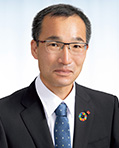
Hiroshi Ogawa
Vice President
General Manager, Legal and Patents
Strategic Application
Tosoh is strengthening liaison activities*2, such as holding intellectual property patent review meetings and workshops with research divisions, to ensure the filing of patent applications that contribute to business. These liaison activities are essential for creating effective and strong patents that contribute to business in accordance with our planned patent acquisition strategy.
The liaison division has representatives at all research hubs (Nanyo, Yokkaichi and the Tokyo Research Center) to strengthen day-to-day collaboration with research divisions.
In addition, many of Tosoh’s businesses are expanding globally, and for this reason we are actively filing patent applications in the United States, China, Europe and other key countries and regions where we conduct business so as to ensure that they can operate with an optimal measure of freedom. In recent years, we have filed 1.5 times more applications overseas than we did in fiscal 2018.
*2 Handling of the entire process from application to acquisition of rights, including IP strategic planning, invention discovery, filing, and intermediate processing.
Foreign Patent Filings (FY2018 as base year)
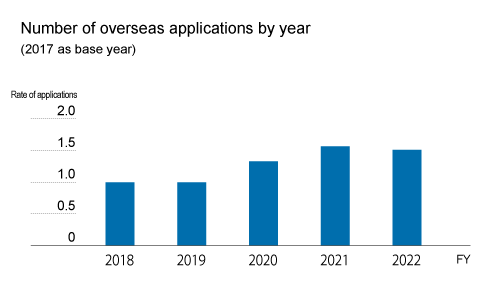
IP Intelligence
Patent and non-patent information searches are important for obtaining useful information that can be applied to business and for uncovering the existence of patents that may present obstacles to our company. In particular, patent clearance searches prevent patent infringement by ensuring that our products do not violate the patent rights of others. We are conducting activities to increase the success rate of our R&D by searching for IP regarding advanced technology based on the SDGs early on.
To enhance the efficiency of these activities, we are strengthening our IP intelligence activities, which include searching for non-patent information. We have also introduced a patent analysis tool and a technology trend research tool to support our efforts.
Intellectual Property Landscape (IPL)
We are building an IPL with the aim of supporting our business and research divisions based on IP intelligence.
The performance required of products is becoming more sophisticated and diverse while the lifecycle from technology introduction to product commercialization is getting shorter. To succeed against the competition, it is essential that we secure technology and analyze IP information by responding quickly to changes in the market. To achieve this end, we at Tosoh are strengthening our IPL activities through cooperation between our business, research and IP teams.
Securing intellectual property will lead to the creation of new businesses and future commercial value and contribute to the attainment of goals set forth in our new medium-term business plan.
Integration of Business, Research and IP Strategies through IPL Activities
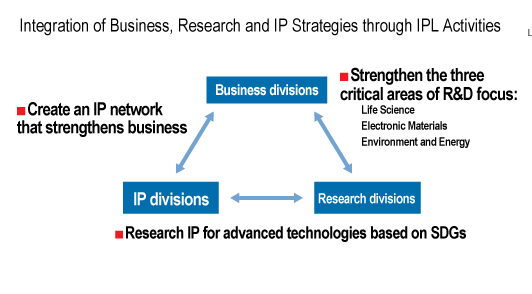
Contribution to Environment